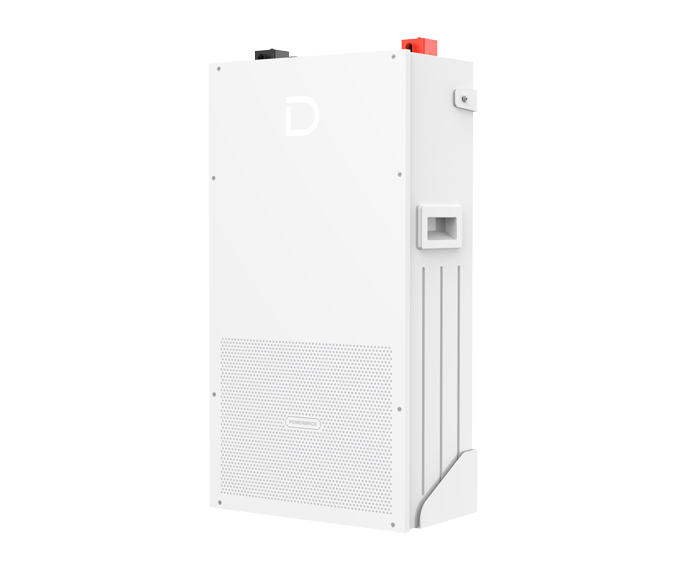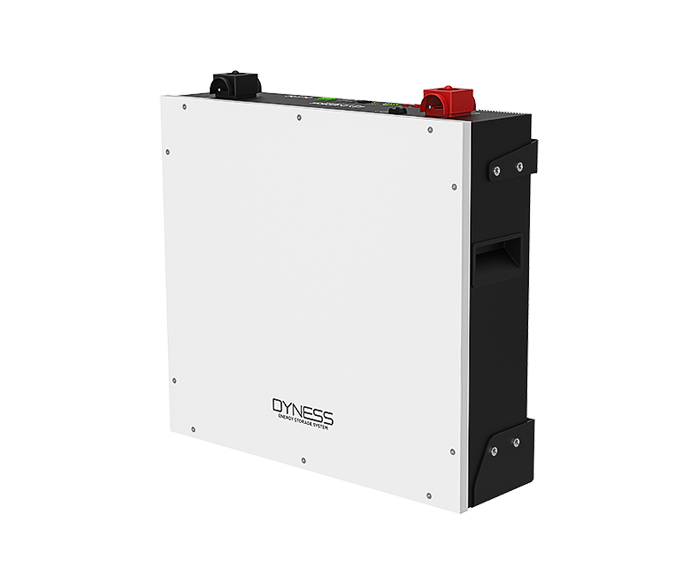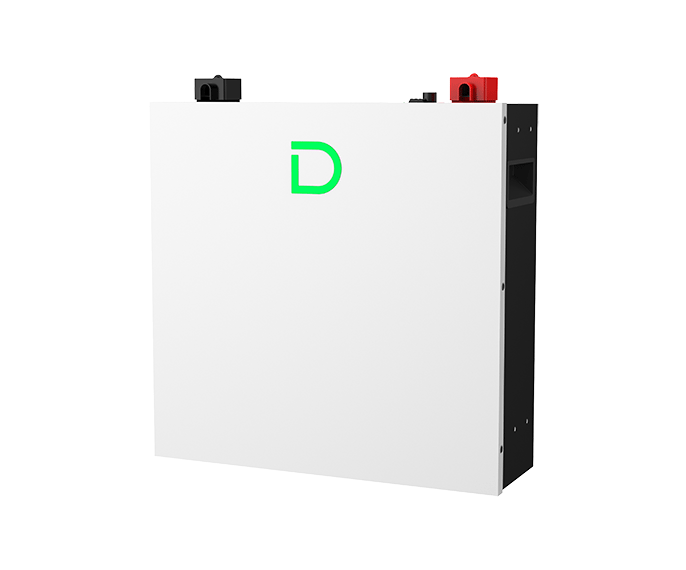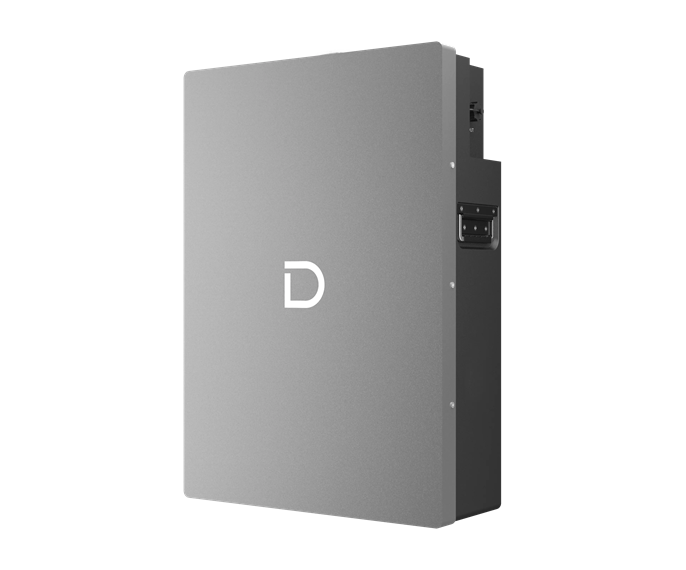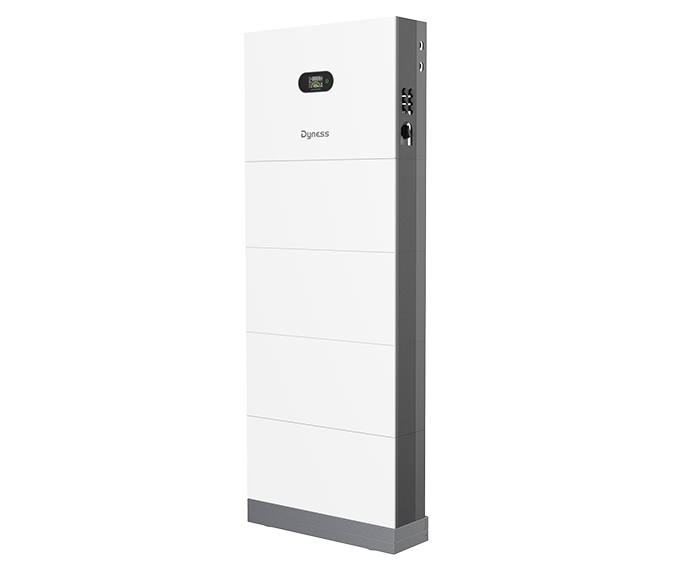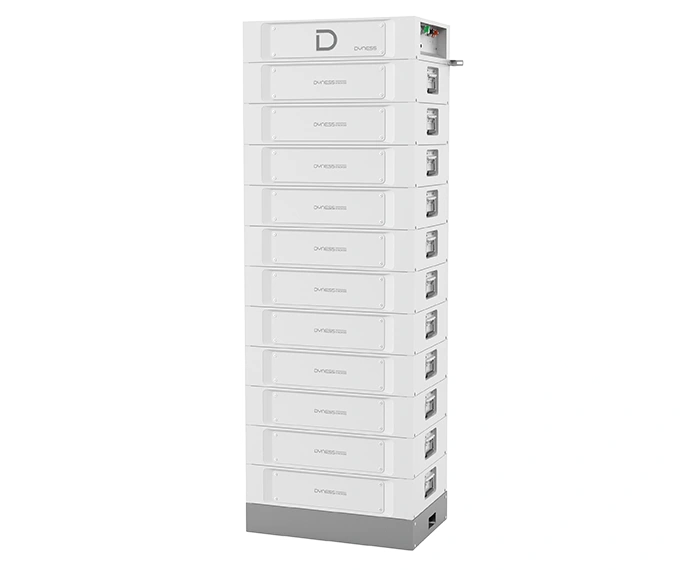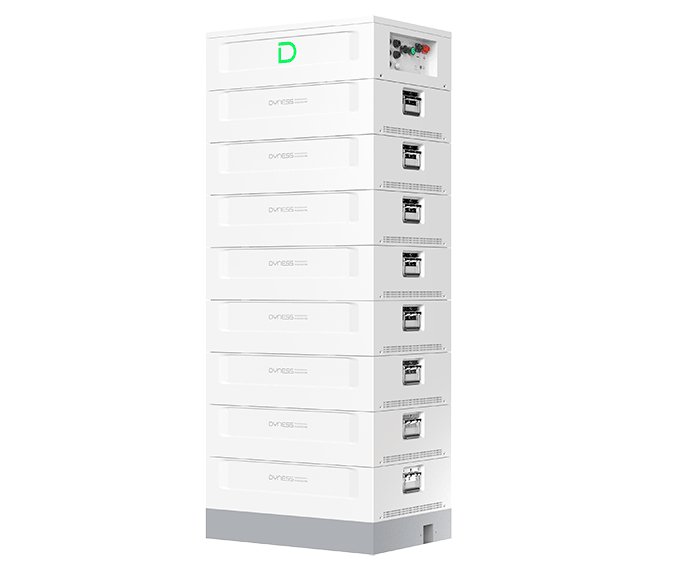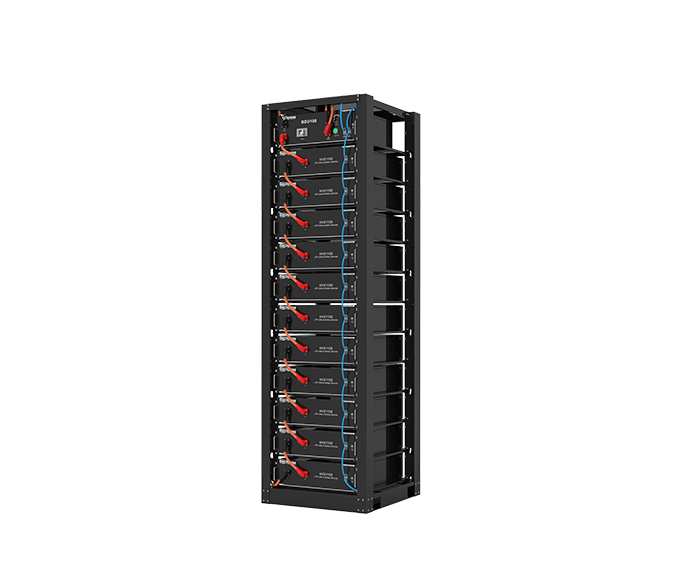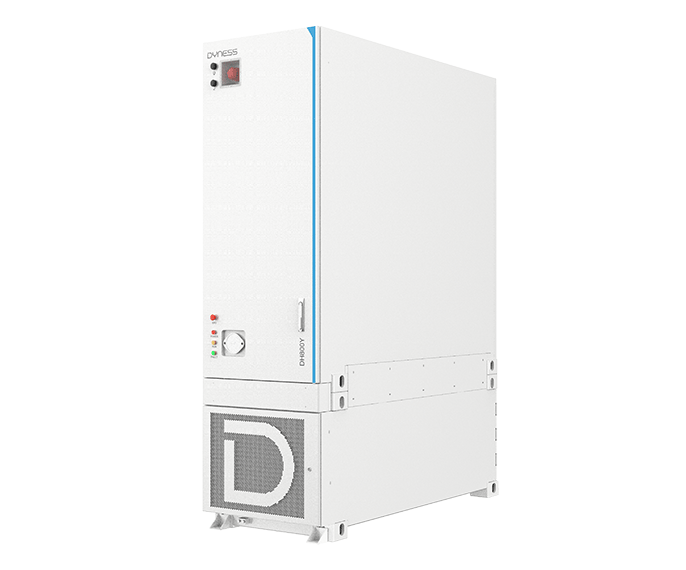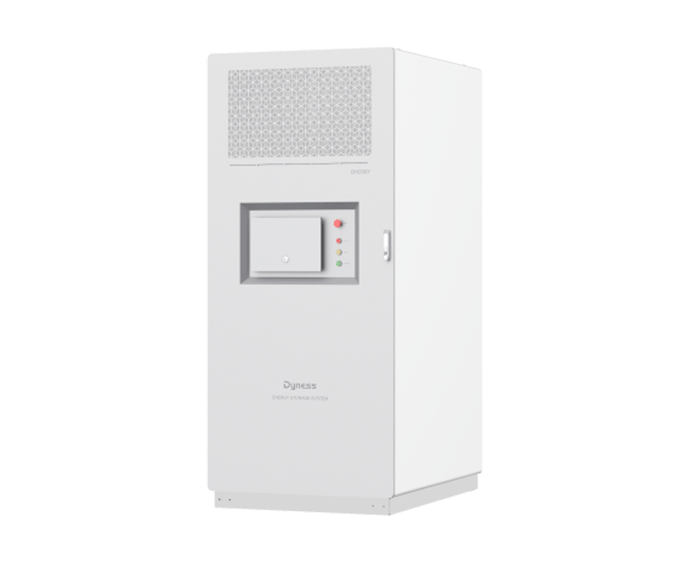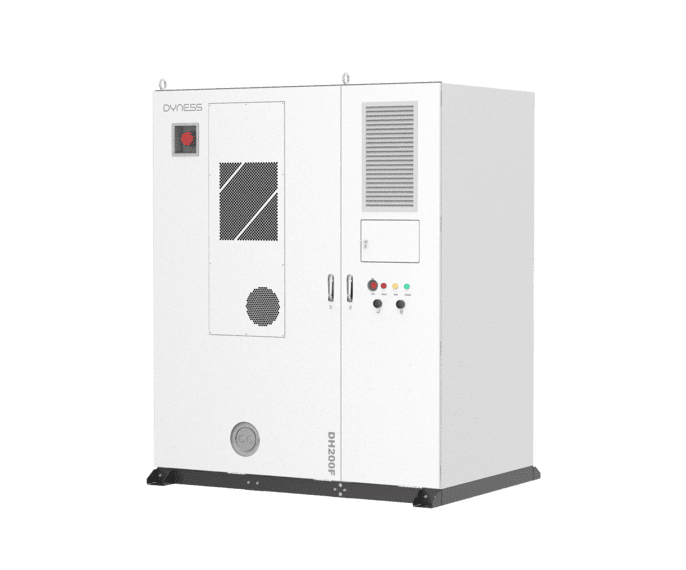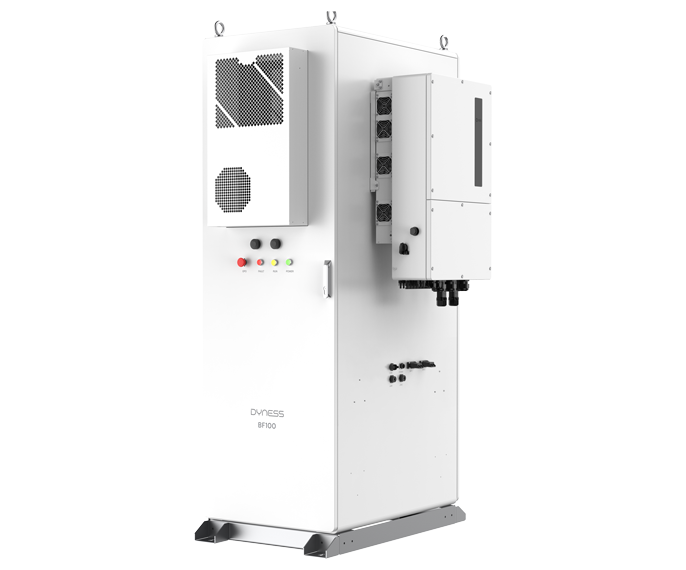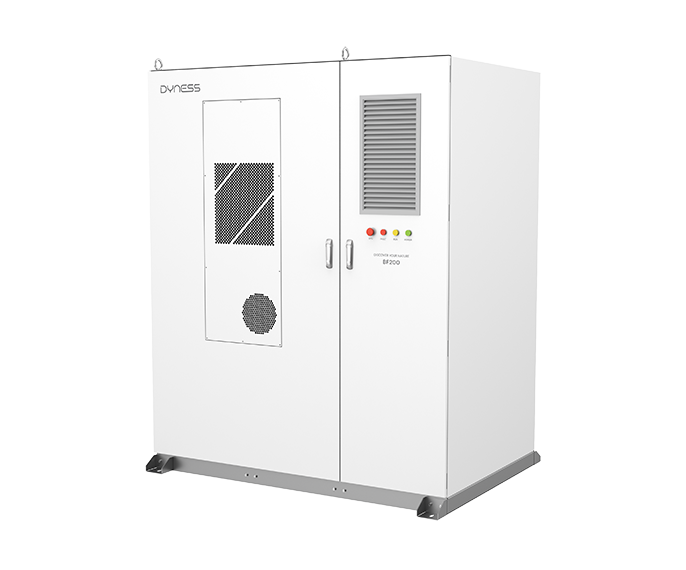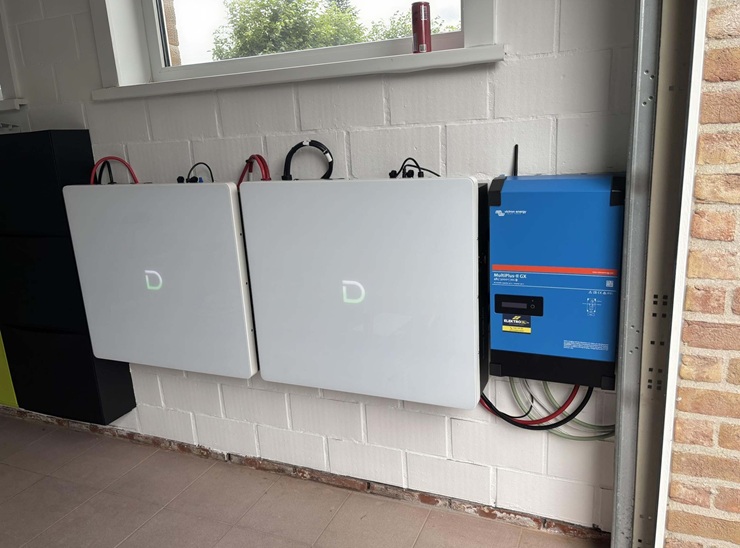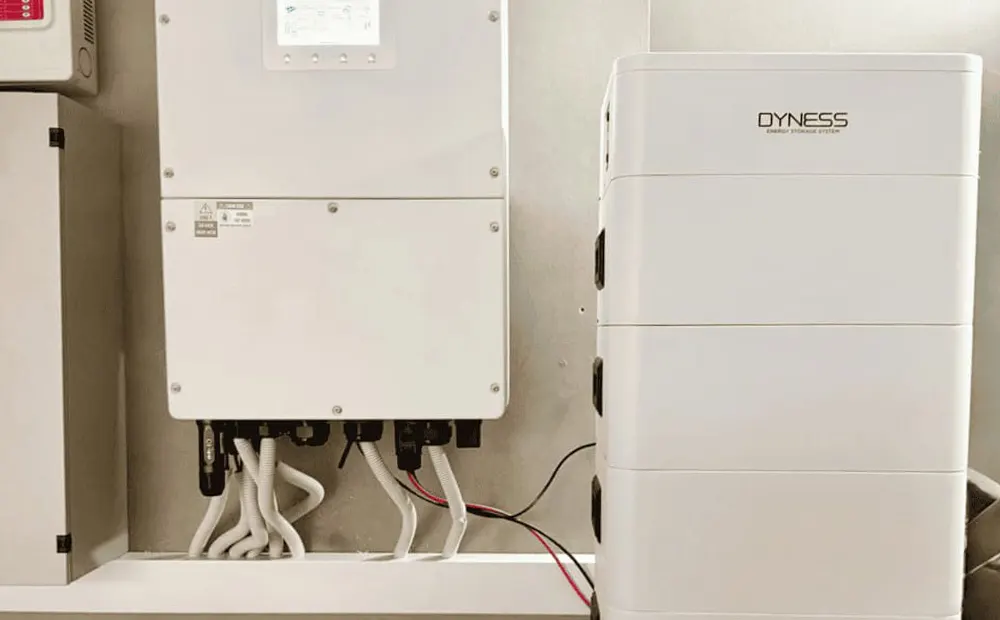Dyness Knowledge | Energy Storage Operation and Maintenance:Key Capabilities to Ensure Energy Storage Benefits
-
Technical Blog
-
2025-07-11
-
Dyness

In the context of global energy transformation, energy storage technology, as a key support for promoting the development of renewable energy and improving energy efficiency, is increasingly gaining widespread attention. With the increasing number of energy storage projects and the continuous expansion of their scale, the importance of energy storage operation and maintenance has become increasingly prominent, and it has become the core link to ensure the safe, stable and efficient operation of energy storage systems.
Key links in energy storage operation and maintenance
Equipment inspection and maintenance
Equipment inspection is the basic work of energy storage operation and maintenance. By regularly conducting appearance inspections, performance tests and parameter monitoring on key equipment such as battery packs, converters, and monitoring systems, abnormal conditions such as equipment aging, looseness, and overheating can be discovered in a timely manner. Appropriate maintenance measures such as cleaning, tightening, and replacing parts can be taken to ensure that the equipment is always in good operating condition.
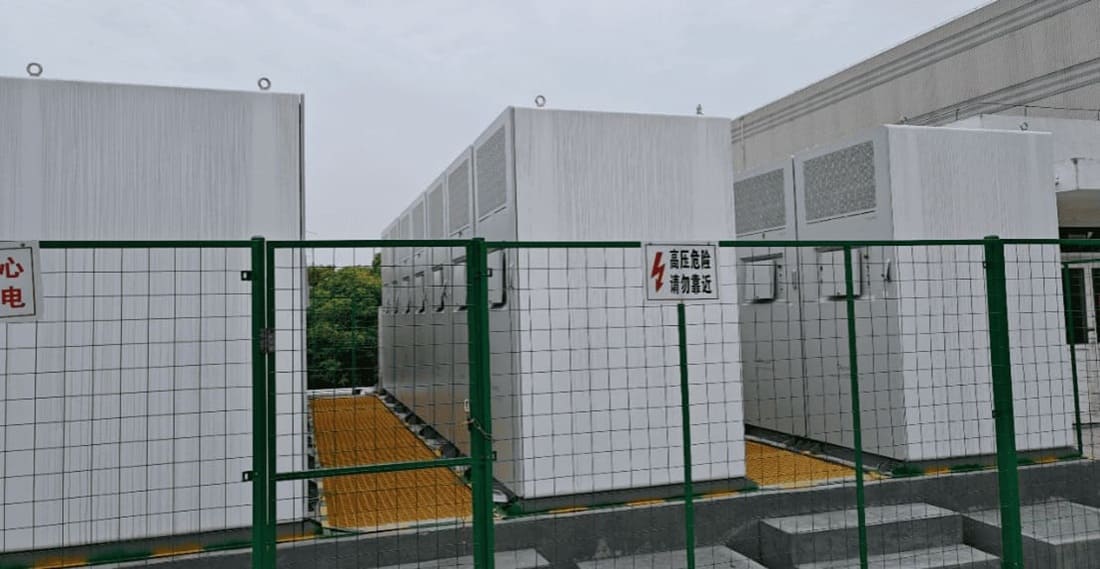
Performance Optimization
By analyzing and evaluating the operating data of the energy storage system and combining it with actual operating needs, the system's control strategy, charging and discharging parameters, equipment configuration, etc. are optimized and adjusted to improve the energy conversion efficiency, charging and discharging efficiency, and overall performance of the energy storage system.
Data monitoring and analysis
A large amount of data is generated during the operation of the energy storage system, such as equipment operating parameters, environmental parameters, charging and discharging data, etc. By establishing a complete data monitoring and analysis system, real-time collection, storage and analysis of these data can provide a deep understanding of the operating status of the energy storage system, and explore potential problems and optimization space. Using big data analysis and machine learning algorithms, the performance trend of the equipment can be predicted, and possible failures can be warned in advance, providing a scientific basis for operation and maintenance decisions.
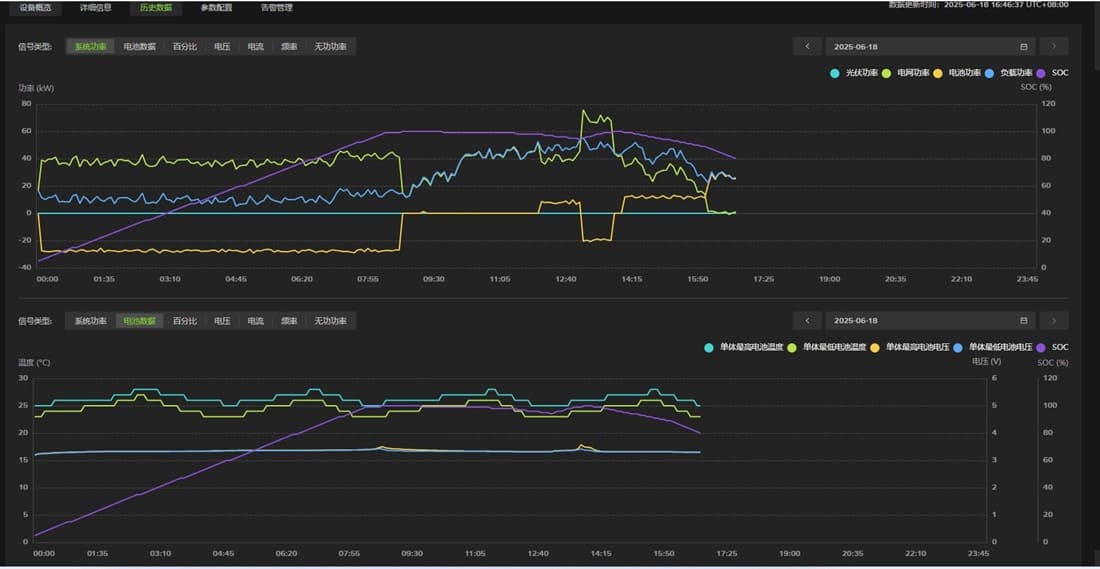
Challenges facing energy storage operation and maintenance
Technical complexity
Energy storage systems involve technologies in multiple fields such as power electronics, electrochemistry, automation control, and information technology. The system structure is complex, and the equipment is diverse. Equipment from different manufacturers differs in interfaces, communication protocols, and data formats, which increases the difficulty and complexity of operation and maintenance. At the same time, with the continuous development and innovation of energy storage technology, new equipment and technologies continue to emerge, and operation and maintenance personnel need to continue to learn and master new knowledge and skills to adapt to the needs of technological development.
High security risk
The safety risks of energy storage systems cannot be ignored. Battery thermal runaway is one of the biggest safety hazards facing energy storage systems. Once thermal runaway occurs, it may trigger a chain reaction, leading to fire or even explosion, causing serious casualties and property losses. In addition, factors such as electrical failures, operational errors, and natural disasters may also pose a threat to the safe operation of energy storage systems. How to effectively prevent and respond to these safety risks is a severe challenge facing energy storage operation and maintenance.
Incomplete standards and specifications
At present, the standards and specifications in the field of energy storage operation and maintenance are still imperfect. There are differences in operation and maintenance management models, technical requirements, safety standards, etc. between different regions and projects, and there is a lack of unified industry standards and normative guidance. This has led to a relatively chaotic energy storage operation and maintenance market, uneven operation and maintenance quality, and is not conducive to the healthy development of the industry.
The Response Strategy of Dyness
Increase investment in technology research and development
In response to the above difficulties and challenges, Dyness provides customers with high-quality, efficient and comprehensive energy storage operation and maintenance services in the following aspects.
Increase investment in technology research and development to break through key technical bottlenecks, such as battery health status monitoring and evaluation, fault prediction and diagnosis technology, intelligent cloud platform development, etc. Through technological innovation, improve the intelligence and automation level of energy storage, reduce operation and maintenance costs, and improve operation and maintenance efficiency and quality.
Promote intelligent cloud platform
Promote the intelligent cloud platform to achieve remote monitoring, centralized management and data analysis of energy storage systems, and improve the scientificity and timeliness of operation and maintenance decisions. In addition, strengthen cooperation with equipment suppliers, establish long-term and stable cooperative relationships, and jointly carry out equipment maintenance and technical support.
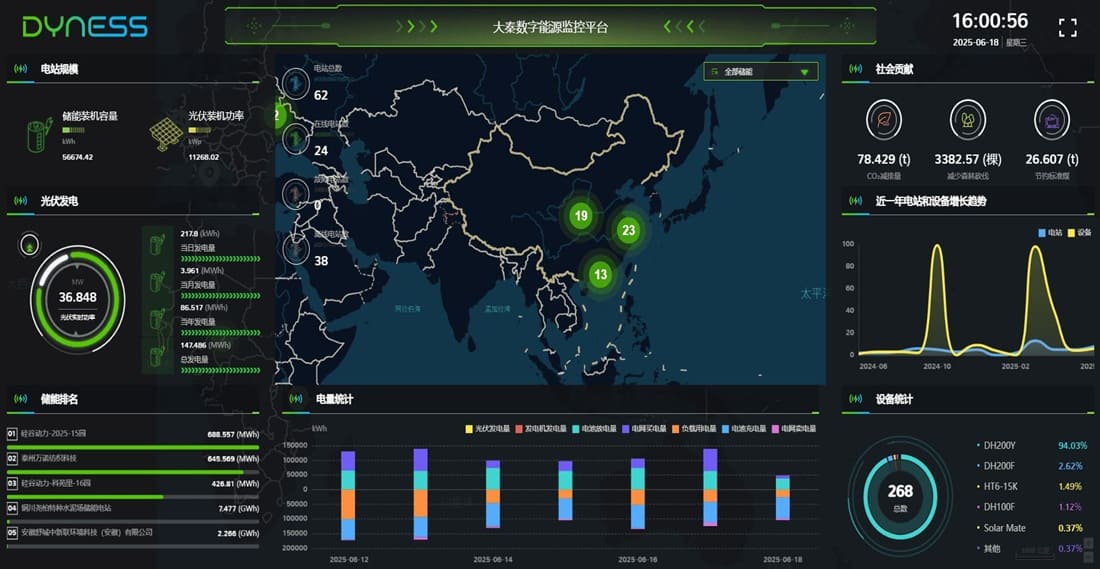
Establishing a safety management system
Formulate safety standards and specifications to strengthen supervision of the entire process of energy storage power station design, construction, operation, and maintenance. Establish a safety risk assessment and early warning mechanism to strengthen the investigation and management of safety hazards in energy storage systems. At the same time, strengthen safety education and training for operation and maintenance personnel to improve their safety awareness and emergency response capabilities to ensure the safe and stable operation of energy storage systems.





